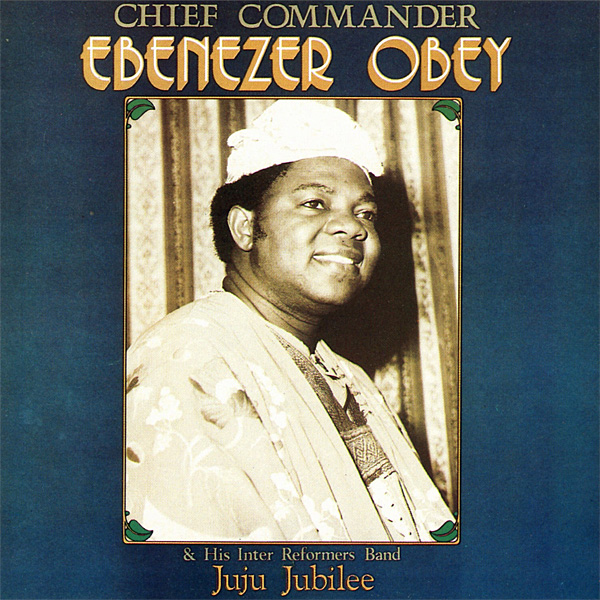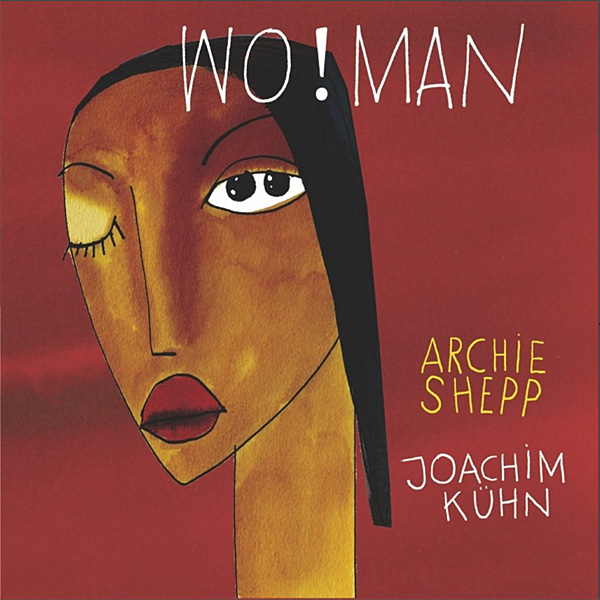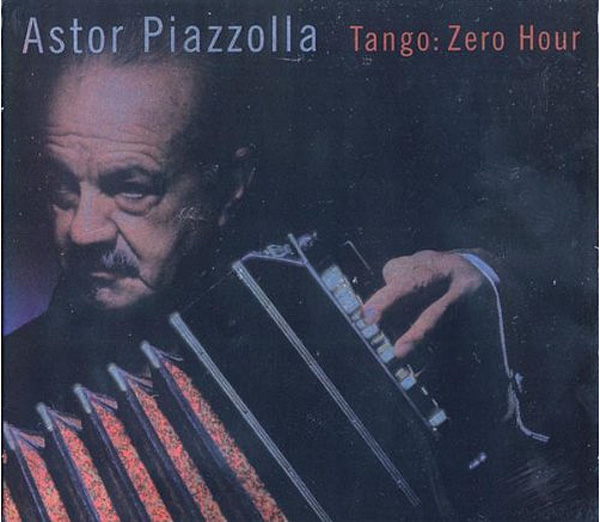| Columns Retired Columns & Blogs |
For years I always thought it was Kingwa or Kinwa?
PS: are we going to get some JA measurements on this????
Cheers George
Audio-GD's R7HE MK2 is made in China and sold and supported with a two-year parts and labor warranty by 50-year industry veteran Walter Liederman at Underwood HiFi.
Setup and use
The Audio-GD R7HE is a standalone DAC with no volume control, so I connected its output to HoloAudio's Serene line-level preamp with a pair of Cardas Audio Clear Beyond balanced interconnects and its input to my Roon Nucleus+ server with an AudioQuest Cinnamon USB cable. Over the course of my auditions, I alternated between connecting the Serene pre to the Parasound A21+ amplifier driving my long-term reference Falcon Gold Badge speakers and connecting it directly to the mesmerizingly pure Genelec G Three active standmount loudspeakers.

During the first days of my auditions, I experimented by alternating between OS (in 2×, 4×, and 8× modes) and NOS mode. NOS mode presented singer Arooj Aftab's production of Vulture Prince (Deluxe Edition) (24/96 FLAC Verve/Qobuz) in such a tone-rich, dynamic way that I would have had to force myself to listen with OS mode. The R7's 8× oversampling mode seemed pristine, pure, tight, and clear in a manner I am sure many audiophiles will find more compelling than the R7's NOS, but to my sensibility, OS felt awkward and emotionally detached. It did not express recordings with as much beauty or feeling as NOS. Consequently, all my observations were made in NOS mode.

Listening
Playing the 1989 recording Live at Safari Club by Washington DC's Junk Yard Band (16/44.1 FLAC, Street Records & Tapes/Tidal), the first thing I noticed was how exceptionally big, tight, and bouncy the bass was. The next thing I noticed was how all the tiny molecules of club atmosphere and audience call-and-response came through with utter clarity: zero haze or blur, pure, detailed, and micro-organized. In my studio, this was the most vital and microscopically detailed this recording had ever sounded. If you're not familiar with this subclass of funk called "Go Go Beat" (or gogo), this album is an ideal starter disc (footnote 5).

Another album that showed clearly what was special and different about the R7HE's presentation was Jùjú Jubilee by Nigerian jùjú king Chief Commander Ebenezer Obey and his Inter Reformers Band (16/44.1 FLAC, Shanachie/Qobuz). The charm of Obey's dreamy harmonies coupled to the realism of Sikiru Adepoju's talking drum and the momentum of jùjú's syncopated polyrhythms tranced me out. This is Nigerian dancehall music you can bathe in—if your system lets you—and the R7HE supercharged the show-stealing forces of guitar and vocal reverb. With the Audio-GD driving the Serene pre driving the Genelec G Threes, I could feel the jùjú on my skin. Even with the G3's small woofers, I could feel it in my chest. I observed sound filling a big room, putting electricity in the air. It was a Wow! moment watching how powerfully the R7HE brought this record to life.
Unfortunately, jùjú never comes across via streaming like it does from a turntable or a live performance—or almost never. Audio-GD's R7HE MK2 is the first DAC I've used that played this music like an LP. I could feel human force behind every beat. I dreamed dancehall and bopped in my head.
Amazingly, in my little room, the R7HE MK2 conveyed the full blues-funk mojo of gogo and jùjú without LPs. I was deeply impressed.
Audio-GD vs HoloAudio May
After spending months with Mola Mola's Tambaqui, I found myself returning to HoloAudio's Level 3 May DAC and saying wow! This is natural. The May gave me more of music's nuance and microdata than the Mola Mola. The May's sonic demeanor features a relaxed, understated, detail-rich intensity that displays the nuts-n-bolts of a recording under an extremely even, natural light, like the thick mirrors described earlier. This is very different than the Tambaqui, which is brighter, more direct, and more dynamic than the May.
I'm telling about the Mola Mola and May DACs because Audio-GD's R7HE MK2 presents music in a manner that I think combines the solid, understated intensity of the May with the uberclear dynamism of the Tambaqui. The result is digital playback that materializes what's buried in the bits in a manner I find intoxicating.
Both the May and the R7 present music with pyramid-like solidity that reminds me of the Mona Lisa, wherein Leonardo da Vinci employed a technique known as sfumato, which Google translates as "nuanced." Others say it translates to "vanished or evaporated." My teacher called it "up in smoke." The Audio-GD DAC demonstrated a beguiling sfumato.
What connects the Mona Lisa, the NOS May, and the Audio-GD DAC (in NOS) is the moody evenness of the lighting.

Leonardo-esque is a good descriptor for how Audio-GD's R7HE presented Archie Shepp and Joachim Kuhn's rendition of Duke Ellington's "Sophisticated Lady" on their 2011 album WO!MAN (16/44.1 FLAC, Archieball/Qobuz). On this recording, piano and saxophone are presented in elegant, subtly layered tones with a slight Mona Lisa–like glow that imparts an ethereal quality.
On every WO!MAN track, the Audio-GD R7HE and the HoloAudio May did this layered tone thing equally well. Not surprisingly, these two R-2R NOS DACs sound more alike than different, but what the R7HE did that the May did not do was project sound emphatically into the room and play large bass notes really large. It did it with both the Parasound A21+ powered Falcons and the active Genelec G Three standmounts.
Audio-GD vs dCS Bartók
My reference converter, the one I compare all other converters to, is the $16k dCS Bartók. Its "Ring-DAC" technology ranks it as a benchmark product representing one category of leading-edge digital engineering. Sonics-wise, it's a gateway drug to the stratospheric regions of digitally induced pleasures. But most importantly for my purposes, its sound character is well-known and respected. So naturally I compared it to Audio-GD's R7HE MK2.

The secret of being an artist is to have birds flocking outside your window. Birds transmit creative energy via songlike communiqué, a form of communication that is well-employed in British DJ Orlando Higginbottom's creation, I Can Hear the Birds by Totally Enormous Extinct Dinosaurs (16/44.1 FLAC, Liberator Music/Qobuz). To create this album, Higginbottom asked his friends to create homemade bird-song tapes, which he assembled into this compelling, four-track EP with birdsong nestled between larger synth sounds in elegant, otherworldly sound collages. The dCS Bartók plays this file masterfully, revealing what seems like every micro-bit of its complex textures and layered tones. But the sound is delivered in a slightly detached deadpan (which might be how Higginbottom intended it to be delivered).
Played through the Audio-GD, I Can Hear the Birds became larger (space-wise), more expansive (energy-wise), and more powerful-sounding. Punch, glow, and luminosity replaced deadpan—a bit like triode tubes with no global negative feedback vs transistors with NFB.
Audio-GD DSD
If you want to see how unclear and distorted a mirror is, hold the edge of a white card up against it and observe its reflection. If you do this with a variety of antique and new mirrors under a variety of lighting conditions, you'll probably discover (as I did) that different glass types and back-coating processes present "reality" in a slightly different, less-than-accurate manner—just as DACs do. This is especially true when DACs are converting DSD.
I missed the SACD era entirely, but the few DSD files I have sound so clean and correct and unmitigated through the HoloAudio May and Spring3 DACs that I presently regard pure DSD as the most truthy of all digital formats. But it is crazy to compare DACs using DSD files, because every DAC processes DSD differently.

Obviously, with DACs there is no white card—nothing objectively real we can observe directly—but for me, when the $5598 HoloAudio May KTE reproduces DSD, I feel like I am listening somewhere close to the truth of a recording. When I played my DSD64 rip of Astor Piazzolla's Tango: Zero Hour (American Clavé SACD ewsac 1013) through the May, the sound was markedly less vigorous (but considerably more dreamy) than it was through the Audio-GD R7HE MK2. When the KTE May played Zero Hour, it felt like an advertisement for unaffected naturalness. It showed less slam and va va voom than the R7HE but compensated with an extremely tactile presentation that encouraged close listening. The May showcased the sensuous, intimate side of Astor Piazzolla. The R7HE MK2 expressed his presence and the energy of his performances.
In my current systems, featuring either my Falcon or Genelec speakers, both DACs operated at the LSD-conjurer level: Tones glowed through a liquid NOS transparency; detail and texture throve. But the May played a tiny bit gentler in the bass, and less boldly (dynamics and presence-wise) than the R7HE. The Audio-GD DAC pumped out Astor Piazzolla's bandoneon and Hector Console's bass with an invigorating sense of raw, air-moving force, something digital rarely does.
If Tambaqui and Terminator had a baby
What is unique and special about Audio-GD's R7HE MK2 is how it renders recordings in a heightened state of naturally lit beauty and how clearly it conveys the force and drive behind recorded sounds.
The R7HE delivered the dynamism and clarity of the Mola Mola Tambaqui coupled with the triodelike splendor of the HoloAudio May and Denafrips's Terminator Plus. In my book, that establishes Mr. He Qinghua as a genuine digital wizard and earns my highest recommendation

For years I always thought it was Kingwa or Kinwa?
PS: are we going to get some JA measurements on this????
Cheers George

I imagine Qinghua, Kingwa and Kinwa are all transliterations of how the name sounds. Alternate character sets make life complicated.
IIRC, column reviews don’t get measurements.

As always, Herb writes a review with a great insight, useful comparison, and fun to read.

Saw OMA hosted a listening party and interview for this album via their Instagram account: Pigments by Dawn Richard and Spencer Zahn, spread across Movement 1 and Movement 2 on Tidal. Close your eyes and bathe in sonorous textures.

This has been a wonderful review, however I can't help but wonder how this DAC compares with the Rockna Wavedream.... That units currently on my list though now the R7HE Mk2 also has my attention....

What a lucky guy you are. Everything you review is just wonderful. No offense intended but you sound more like a manufacturers rep than a critical reviewer. I think J. Gordon Holt is cursing you from his grave.

Your ears were swayed by all those parts they stuffed in there, and by marketing hype. Look at https://www.audiosciencereview.com/forum/index.php?threads/audio-gd-master-7-singularity-review-dac.26460/ and https://www.audiosciencereview.com/forum/index.php?threads/audio-gd-master-7-singularity-dac-review-video.26573/ and https://www.audiosciencereview.com/forum/index.php?threads/review-and-measurements-of-audio-gd-r8.10149/ and https://www.audiosciencereview.com/forum/index.php?threads/review-and-measurements-of-audio-gd-r2r11-dac-amp.5779/

Without the measurements to ensure the objective review, IMHO, the review is just a "grumble". Useless. Period.

Standing on flowers pointing at tangentially related billboards.

After failing to make their DAC work with DSD, Mr Kingwa asked me to return it for a refund. I paid for the shipping and had it insured . But the Chinise customs wanted to charge import duties. Instead of taking care of the matter, mMe Kingwa blamed me for not having declared a false low value to clear customs. So in the end, Chinese customs focibly destroyed the unit. If you qwant to deal with Audio GD, this is the kind of service you will get. never agian for me.

Dear Mr Reichert, thank you very much for this inspiring review. It caused me buying this monster of a machine, May 2022. I continue to be amazed, every listening time. How can a digital device sound so forceful, direct, full of enthusiasm? I can fully confirm your review. My compliments to the developer(s).
I’d like to add a few observations.
1) I experimented adding an external clock (LHY OCK2). Result: NO! Even after some weeks of burn-in the external clock weakens all the strengths of this dac. While some people at head-fi recommended this pairing, I cannot. 2) Like probably with any other dac you should not use the USB connection directly from a computer. I put a ddc (singxer su-6) in between, using the i2s (hdmi) connection from ddc to dac. Great benefit. But only after replacing the provided power supply of the ddc with a linear power supply. Definitely worth the extra mile. A good streamer should provide the same benefit. 3) hqplayer: yes, I agree with Mr Reichert, nos (non-oversampling) sounds best with this dac. Still, this is an interesting upsampling player which I would like to recommend if you use a computer for playback and like to hear the differences in sound of the different algorithms.
Thanks to the whole Stereophile staff for your great work!